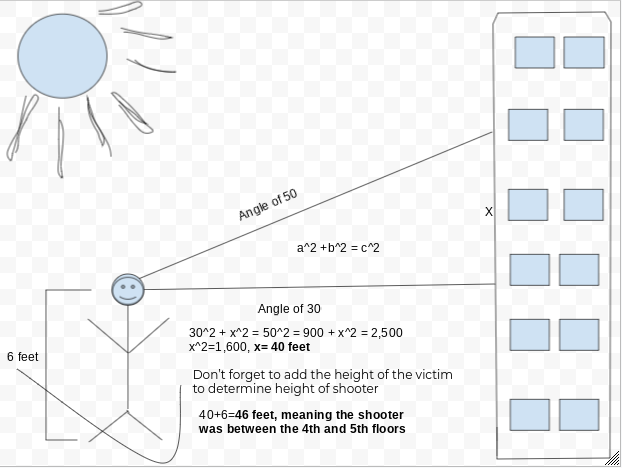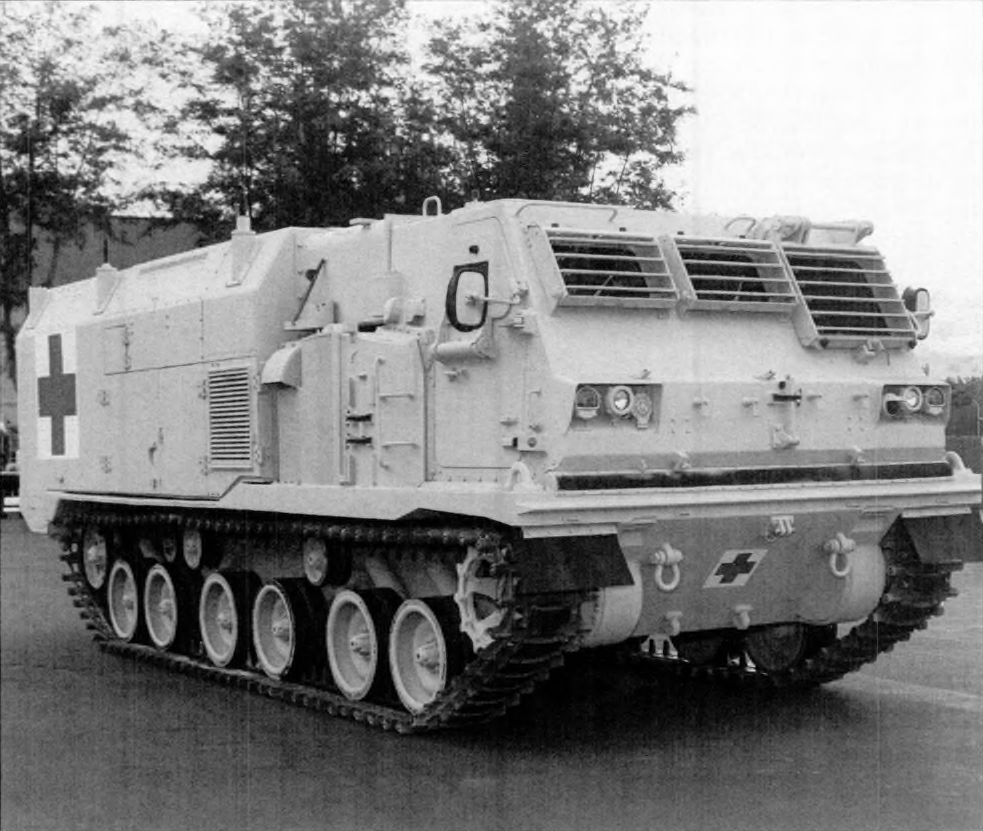|
XM982 Excalibur
The M982 Excalibur (previously XM982) is a 155 mm extended-range guided artillery shell developed in a collaborative effort between the U.S. Army Research Laboratory (ARL) and the United States Army Armament Research, Development and Engineering Center (ARDEC). The Excalibur was developed and/or manufactured by prime contractor Raytheon Missiles & Defense, BAE Systems AB (BAE Systems Bofors) and other subs and primes in multiple capacities such as Camber Corporation and Huntington Ingalls Industries. It is a GPS- and inertial-guided munition capable of being used in close support situations within of friendly troops or in situations where targets might be prohibitively close to civilians to attack with conventional unguided artillery fire. In 2015 the United States planned to procure 7,474 rounds with a FY2015 total program cost of US$1.9341 billion at an average cost of US$258,777 per unit. By 2016, unit costs were reduced to US$68,000 per round. [...More Info...] [...Related Items...] OR: [Wikipedia] [Google] [Baidu] |
Cannon-launched Guided Projectile
Cannon-launched guided projectiles (CLGP) are precision-guided munitions launched by howitzers, mortars, tank guns, and naval guns. Those projectile main propulsion system is the initial kinetic shoot, directed as much as possible toward the target. A secondary GPS or geocoordinates-based system then corrects the trajectory to increase target accuracy and fall closer to the target. This system relies on electronic guidance and pre-programmed coordinates, submitted to the round before its launch. CLGP are intended to supplement and not supplant conventional rounds, providing additional accuracy when needed. For example, the INVAR missile system on the T-90 MBT. Systems capable of firing CLGPs * 120×570mm NATO **Arjun MBT **Merkava *120 mm mortar ** PLL-05 * 125 mm smoothbore ammunition **T-64 **T-72 **T-80 **T-90 *152 mm **M60A2 **M551 Sheridan **MBT-70 List of CLGPs Tank * 105x617mm NATO ** LAHAT ** FALARICK * 120×570mm NATO ** LAHAT ** KSTAM ** SAMHO (planned ... [...More Info...] [...Related Items...] OR: [Wikipedia] [Google] [Baidu] |
Fiscal Year
A fiscal year (or financial year, or sometimes budget year) is used in government accounting, which varies between countries, and for budget purposes. It is also used for financial reporting by businesses and other organizations. Laws in many jurisdictions require company financial reports to be prepared and published on an annual basis but generally not the reporting period to align with the calendar year (1 January to 31 December). Taxation laws generally require accounting records to be maintained and taxes calculated on an annual basis, which usually corresponds to the fiscal year used for government purposes. The calculation of tax on an annual basis is especially relevant for direct taxes, such as income tax. Many annual government fees—such as council tax and license fees, are also levied on a fiscal year basis, but others are charged on an anniversary basis. Some companies, such as Cisco Systems, end their fiscal year on the same day of the week each year: the day ... [...More Info...] [...Related Items...] OR: [Wikipedia] [Google] [Baidu] |
Iraq War
{{Infobox military conflict , conflict = Iraq War {{Nobold, {{lang, ar, حرب العراق (Arabic) {{Nobold, {{lang, ku, شەڕی عێراق (Kurdish languages, Kurdish) , partof = the Iraq conflict (2003–present), Iraq conflict and the War on terror , image = Iraq War montage.png , image_size = 300px , caption = Clockwise from top: US troops at Uday Hussein, Uday and Qusay Hussein's hideout; insurgents in northern Iraq; the Firdos Square statue destruction, toppling of the Saddam Hussein statue in Firdos Square , date = {{ubl, {{Start and end dates, 2003, 3, 20, 2011, 12, 18, df=yes({{Age in years, months and days, 2003, 03, 19, 2011, 12, 18) , place = Iraq , result = * 2003 invasion of Iraq, Invasion and History of Iraq (2003–11), occupation of Iraq * Overthrow of Arab Socialist Ba'ath Party – Iraq Region, Ba'ath Party government * Execution of Saddam Hussein in 2006 * Re ... [...More Info...] [...Related Items...] OR: [Wikipedia] [Google] [Baidu] |
Air Burst
An air burst or airburst is the detonation of an explosive device such as an anti-personnel artillery shell or a nuclear weapon in the air instead of on contact with the ground or target. The principal military advantage of an air burst over a ground burst is that the energy from the explosion (as well as any shell fragments) is distributed more evenly over a wider area; however, the peak energy is lower at ground zero. History Air burst artillery has a long history. The shrapnel shell was invented by Henry Shrapnel of the British Army in about 1780 to increase the effectiveness of canister shot. It was widely used by the time of the War of 1812 and stayed in use until it was superseded during the First World War. Modern shells, though sometimes called "shrapnel shells", actually produce fragments and splinters, not shrapnel. Air bursts were used in the First World War to shower enemy positions and men with shrapnel balls to kill the largest possible number with a sing ... [...More Info...] [...Related Items...] OR: [Wikipedia] [Google] [Baidu] |
Direct Fire
Direct fire or line-of-sight fire refers to firing of a ranged weapon whose projectile is launched directly at a target within the line-of-sight of the user. The firing weapon must have a sighting device and an unobstructed view to the target, which means no obstacles or friendly units can be between it and the target. A weapon engaged in direct fire conversely exposes itself to direct return fire from the target.p.49, Bailey This is in contrast to indirect fire, which refers to firing a projectile on a curved ballistic trajectory or delivering self-accelerated munitions capable of long range and various degrees of homing abilities to alter the flight path. Indirect fire does not need a direct line-of-sight to the target because the shots are normally directed by a forward observer. As such, indirect-fire weapons can shoot over obstacles or friendly units and the weapons can be concealed from counter-battery fire. Description Examples of direct-fire weapons include most anci ... [...More Info...] [...Related Items...] OR: [Wikipedia] [Google] [Baidu] |
Collateral Damage
Collateral damage is any death, injury, or other damage inflicted that is an incidental result of an activity. Originally coined by military operations, it is now also used in non-military contexts. Since the development of precision guided munitions in the 1970s, military forces often claim to have gone to great lengths to minimize collateral damage. Critics of use of the term "collateral damage" see it as a euphemism that dehumanizes non-combatants killed or injured during combat, used to reduce the perceived culpability of military leadership in failing to prevent non-combatant casualties. Collateral damage does not include civilian casualties caused by military operations that are intended to terrorize or kill enemy civilians (e.g., the bombing of Chongqing during World War II). Etymology The word "collateral" comes from medieval Latin word ''collateralis'', from ''col-'', "together with" + ''lateralis'' (from ''latus'', ''later-'', "side" ) and is otherwise mainly use ... [...More Info...] [...Related Items...] OR: [Wikipedia] [Google] [Baidu] |
M1156 Precision Guidance Kit
The M1156 Precision Guidance Kit (PGK), formerly XM1156, is a U.S. Army-designed precision guidance system to turn existing 155 mm artillery shells into smart weapons.XM1156 Precision Guidance Kit (PGK) Global Security. The prime contractor was Alliant Techsystems – later merging with to form Orbital ATK, in turn being taken over by Northrop Grumman and renamed |
External Ballistics
External ballistics or exterior ballistics is the part of ballistics that deals with the behavior of a projectile in flight. The projectile may be powered or un-powered, guided or unguided, spin or fin stabilized, flying through an atmosphere or in the vacuum of space, but most certainly flying under the influence of a gravitational field. Gun-launched projectiles may be unpowered, deriving all their velocity from the propellant's ignition until the projectile exits the gun barrel. However, exterior ballistics analysis also deals with the trajectories of rocket-assisted gun-launched projectiles and gun-launched rockets; and rockets that acquire all their trajectory velocity from the interior ballistics of their on-board propulsion system, either a rocket motor or air-breathing engine, both during their boost phase and after motor burnout. External ballistics is also concerned with the free-flight of other projectiles, such as balls, arrows etc. Forces acting on the projectile W ... [...More Info...] [...Related Items...] OR: [Wikipedia] [Google] [Baidu] |
Projectile
A projectile is an object that is propelled by the application of an external force and then moves freely under the influence of gravity and air resistance. Although any objects in motion through space are projectiles, they are commonly found in warfare and sports (for example, a thrown baseball, kicked football, fired bullet, shot arrow, stone released from catapult). In ballistics mathematical equations of motion are used to analyze projectile trajectories through launch, flight, and impact. Motive force Blowguns and pneumatic rifles use compressed gases, while most other guns and cannons utilize expanding gases liberated by sudden chemical reactions by propellants like smokeless powder. Light-gas guns use a combination of these mechanisms. Railguns utilize electromagnetic fields to provide a constant acceleration along the entire length of the device, greatly increasing the muzzle velocity. Some projectiles provide propulsion during flight by means of a rocket engine ... [...More Info...] [...Related Items...] OR: [Wikipedia] [Google] [Baidu] |
M270 Multiple Launch Rocket System
The M270 Multiple Launch Rocket System (M270 MLRS) is an American-developed armored, self-propelled, multiple rocket launcher. The U.S. Army variant of the MLRS vehicle is based on the chassis of the Bradley Fighting Vehicle. The first M270s were delivered in 1983. The MLRS were subsequently adopted by several NATO countries and other countries. The MLRS first saw service with the United States in the 1991 Gulf War. The MLRS has been upgraded to fire guided missiles, and has been used by Ukraine in the 2022 Russian invasion of Ukraine. Description Background In the early 1970s, the Soviet Union had a clear advantage over U.S. and NATO forces in terms of rocket artillery. Soviet tactics of bombardment by large numbers of truck-mounted multiple rocket launchers (MRLs), such as the BM-21, would saturate a target area with thousands of rockets, ensuring some would hit specific targets while delivering a psychological impact. By contrast, U.S. artillerists favored cannon artiller ... [...More Info...] [...Related Items...] OR: [Wikipedia] [Google] [Baidu] |
M142 HIMARS
The M142 HIMARS (M142 High Mobility Artillery Rocket System) is a light multiple rocket launcher developed in the late 1990s for the United States Army and mounted on a standard United States Army Family of Medium Tactical Vehicles (FMTV) truck frame. The HIMARS carries one pod with either six GMLRS rockets or one ATACMS missile. It is based on the United States Army's FMTV five-ton truck, and is capable of launching all rockets specified in the Multiple Launch Rocket System Family of Munitions ( MFOM). HIMARS ammunition pods are interchangeable with the M270 MLRS; however, it is limited to a single pod as opposed to the standard two for the M270 and its variants. The launcher can be transported by Airbus A400M Atlas and Lockheed C-130 Hercules aircraft. Video unavailable The FMTV truck that transports the HIMARS was initially produced by BAE Systems Mobility & Protection Systems (formerly Armor Holdings Aerospace and Defense Group Tactical Vehicle Systems Division), the orig ... [...More Info...] [...Related Items...] OR: [Wikipedia] [Google] [Baidu] |
Circular Error Probable
In the military science of ballistics, circular error probable (CEP) (also circular error probability or circle of equal probability) is a measure of a weapon system's precision. It is defined as the radius of a circle, centered on the mean, whose perimeter is expected to include the landing points of 50% of the rounds; said otherwise, it is the median error radius. That is, if a given munitions design has a CEP of 100 m, when 100 munitions are targeted at the same point, 50 will fall within a circle with a radius of 100 m around their average impact point. (The distance between the target point and the average impact point is referred to as bias.) There are associated concepts, such as the DRMS (distance root mean square), which is the square root of the average squared distance error, and R95, which is the radius of the circle where 95% of the values would fall in. The concept of CEP also plays a role when measuring the accuracy of a position obtained by a navigati ... [...More Info...] [...Related Items...] OR: [Wikipedia] [Google] [Baidu] |








